How To Get Rid Of Smelly Ginkgo Biloba Fruit
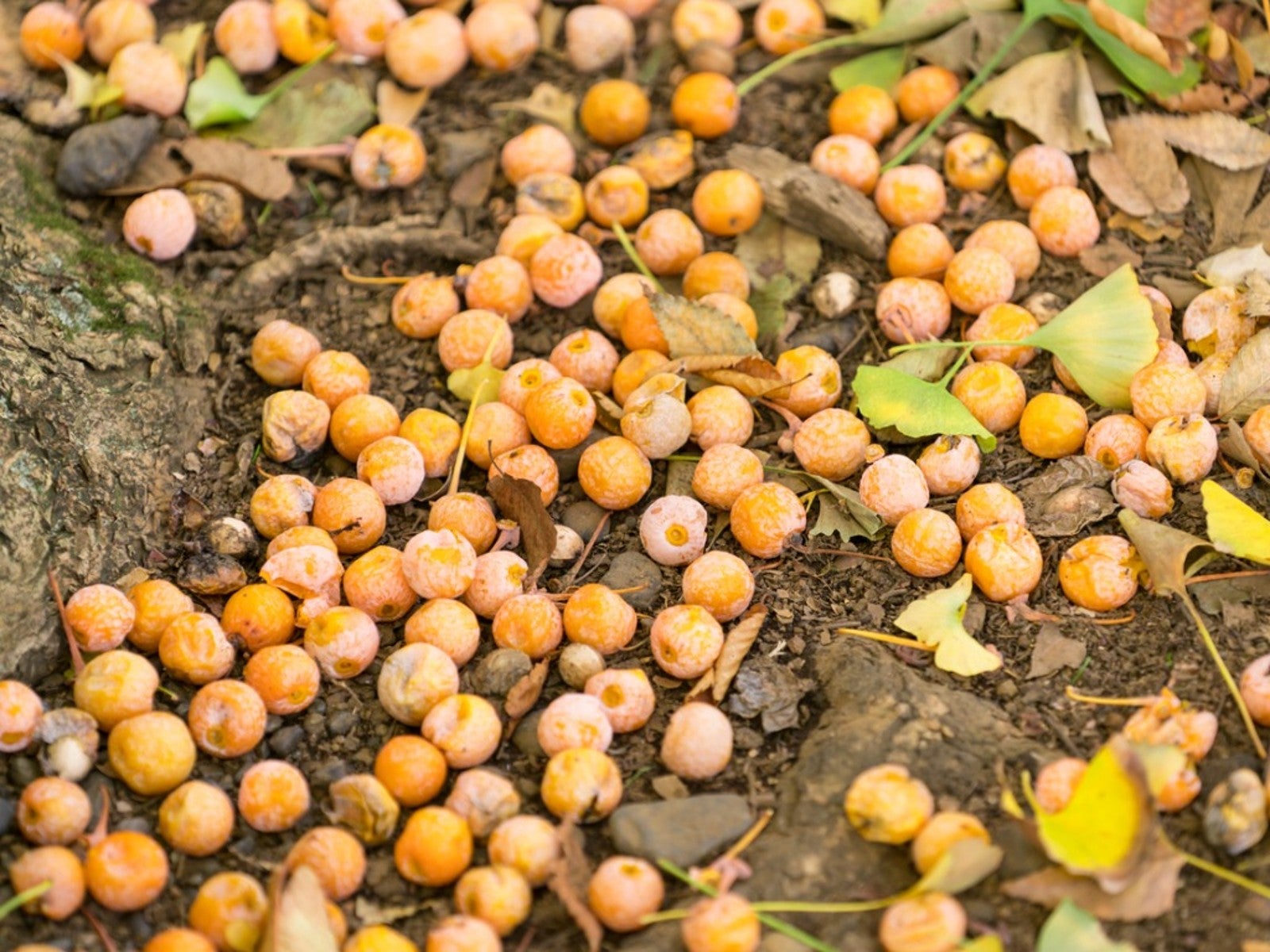

Few trees are more intriguing than the ginkgo biloba, an ancient species dating back 270 million years and the sole species in the division Ginkgophyta to escape extinction. Graceful and lovely, with unique, fan-shaped leaves, the ginkgo is a popular shade tree with only one downside: the ginkgo fruit odor.
It is entirely possible to avoid the ginkgo smell with a little planning. Eliminating the odor in a stinky ginkgo, however, is more difficult and can prove daunting. Read on for information about which ginkgo stinks and what – if anything! – a homeowner can do about it.
Meet the Ginkgo Biloba
The ginkgo biloba is the favorite tree of many a tree lover. It is considered a “living fossil” since its fossilized leaves (in an unusual fan shape) were found long before a living ginkgo was identified, making scientists believe the species to be extinct. Today, ginkgo trees thrive on all continents other than Antarctica and Australia.
The ginkgo is a deciduous tree with a slender trunk and a full canopy of fan-shaped leaves during the growing season. They appear in spring in a vibrant green but blaze into brilliant yellow in autumn.
Ginkgo Smell
Despite their beauty, ginkgo biloba trees have one quality that creates problems in a backyard or garden: the ginkgo fruit odor. Since ginkgo trees do not fruit until mature, the ginkgo smell can come as an awful surprise to those who don’t read up on the trees before planting.
The problem appears in winter when the fruit/seed pod of the ginkgo falls to the ground and, over the next few months, ripens. Even those who admire the ginkgo call the ripe fruit smell a pungent odor similar to that of rancid butter or animal poop. The stinky ginkgo smell can totally overwhelm a yard or garden.
Which Ginkgo Stinks?
While the pervasive odor of the stinky ginkgo fruit may be enough to make a homeowner swear off ginkgo trees forever, there is a simple solution for those who plan ahead. Only the female ginkgo bears fruit. That means that the entire mess can be avoided by selecting a male ginkgo rather than a female.
Gardening tips, videos, info and more delivered right to your inbox!
Sign up for the Gardening Know How newsletter today and receive a free copy of our e-book "How to Grow Delicious Tomatoes".
This is easier to do than you might think as several cultivars produce only male trees, including ‘Autumn Gold’ and ‘Lakeview.’ However, if you simply elect to buy a tree labeled “male,” be warned: if a male scion is grafted to a female rootstock, the rootstock may take over as the tree grows and turn the male into a female.
Is there some easy way to get the female to stop fruiting? Or get the fruit to stop smelling? Sadly, there is not. Some products are available in commerce that are supposed to stop fruiting, but there is not much data on the level of success. Some cities spray their trees with a chemical called Shield Potato Sprout Inhibitor that is supposed to prevent ginkgo fruit from maturing. However, this type of spraying is difficult for a homeowner to accomplish on their own.
In sum, there is no tried-and-true way to prevent a female gingko from fruiting. Those just planting gingko trees, nevertheless, can avoid the stinky ginkgo problem by planting male cultivars.

Teo Spengler is a master gardener and a docent at the San Francisco Botanical Garden, where she hosts public tours. She has studied horticulture and written about nature, trees, plants, and gardening for more than two decades. Her extended family includes some 30 houseplants and hundreds of outdoor plants, including 250 trees, which are her main passion. Spengler currently splits her life between San Francisco and the French Basque Country, though she was raised in Alaska, giving her experience of gardening in a range of climates.
-
 Try The Trend – Turn Any Bed Into A Keyhole Garden With This Clever In-Ground Composter
Try The Trend – Turn Any Bed Into A Keyhole Garden With This Clever In-Ground ComposterKeyhole gardening is an efficient and sustainable practice that saves space. Get started on this DIY project quickly and easily with an in-ground composter.
By Bonnie L. Grant
-
 4 Superfast Composting Methods: Turn Waste Into Garden Gold In 30 Days Or Less
4 Superfast Composting Methods: Turn Waste Into Garden Gold In 30 Days Or LessTry the fastest composting methods to turbocharge your pile and transform kitchen scraps and garden waste into finished compost in just a few weeks.
By Mary Ellen Ellis
-
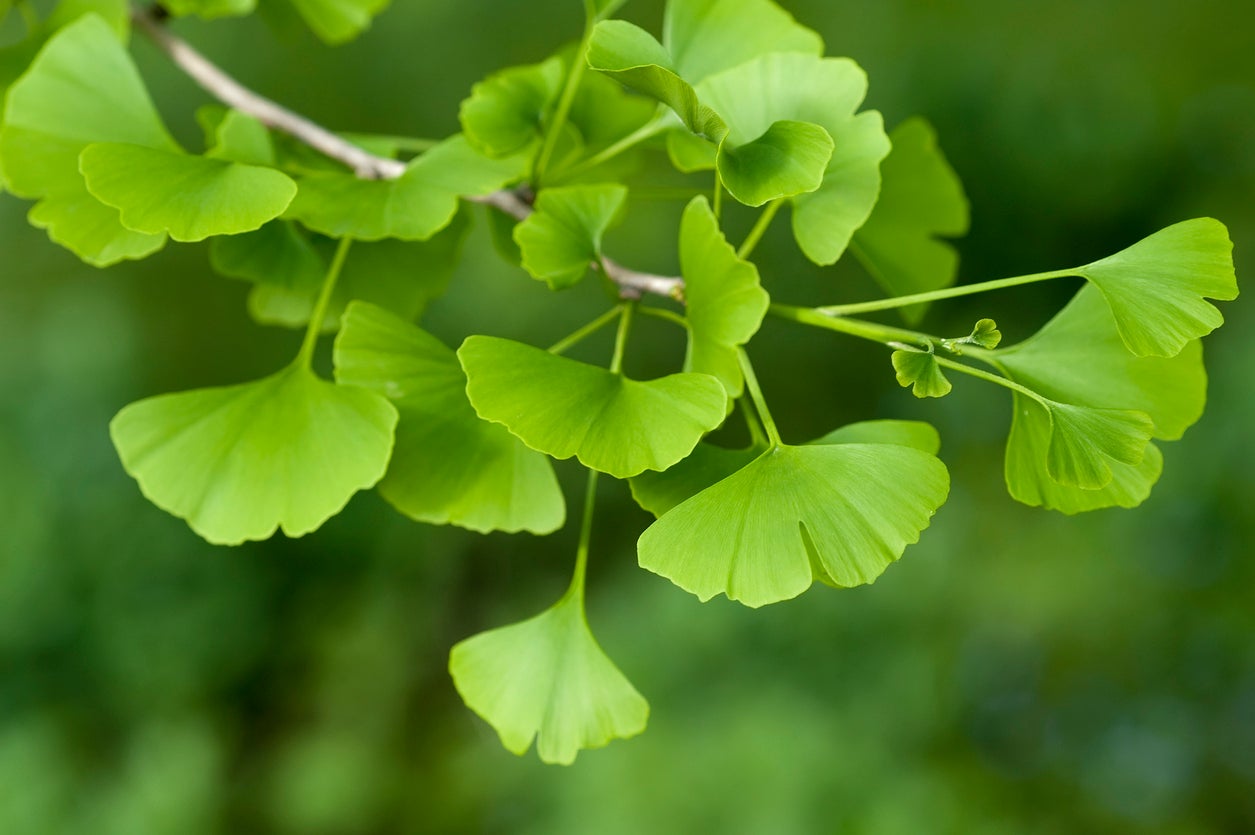 Feeding Ginkgo Trees: Learn About Ginkgo Fertilizer Needs
Feeding Ginkgo Trees: Learn About Ginkgo Fertilizer NeedsAs you might imagine, fertilizing ginkgo trees is rarely necessary and the tree is adept at managing on its own. However, you may want to feed the tree lightly if growth is slow or if leaves are pale or smaller than usual. This article will help get you started.
By Mary H. Dyer
-
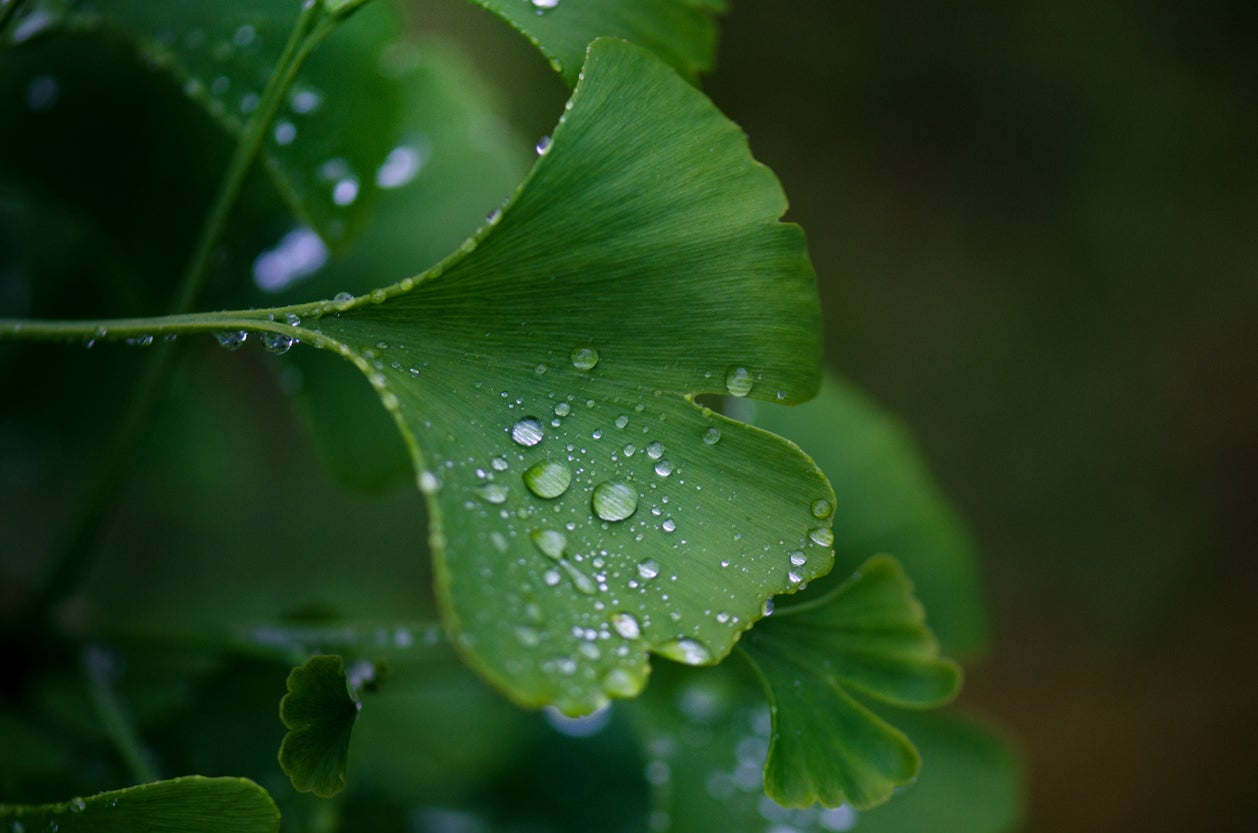 Ginkgo Water Requirements: How To Water Ginkgo Trees
Ginkgo Water Requirements: How To Water Ginkgo TreesA ginkgo tree is a lovely ornamental or shade tree in yards. Once ginkgo trees are established, they require little maintenance and care. But considering ginkgo water requirements will help you ensure the trees in your garden are healthy and thriving. Learn more here.
By Mary Ellen Ellis
-
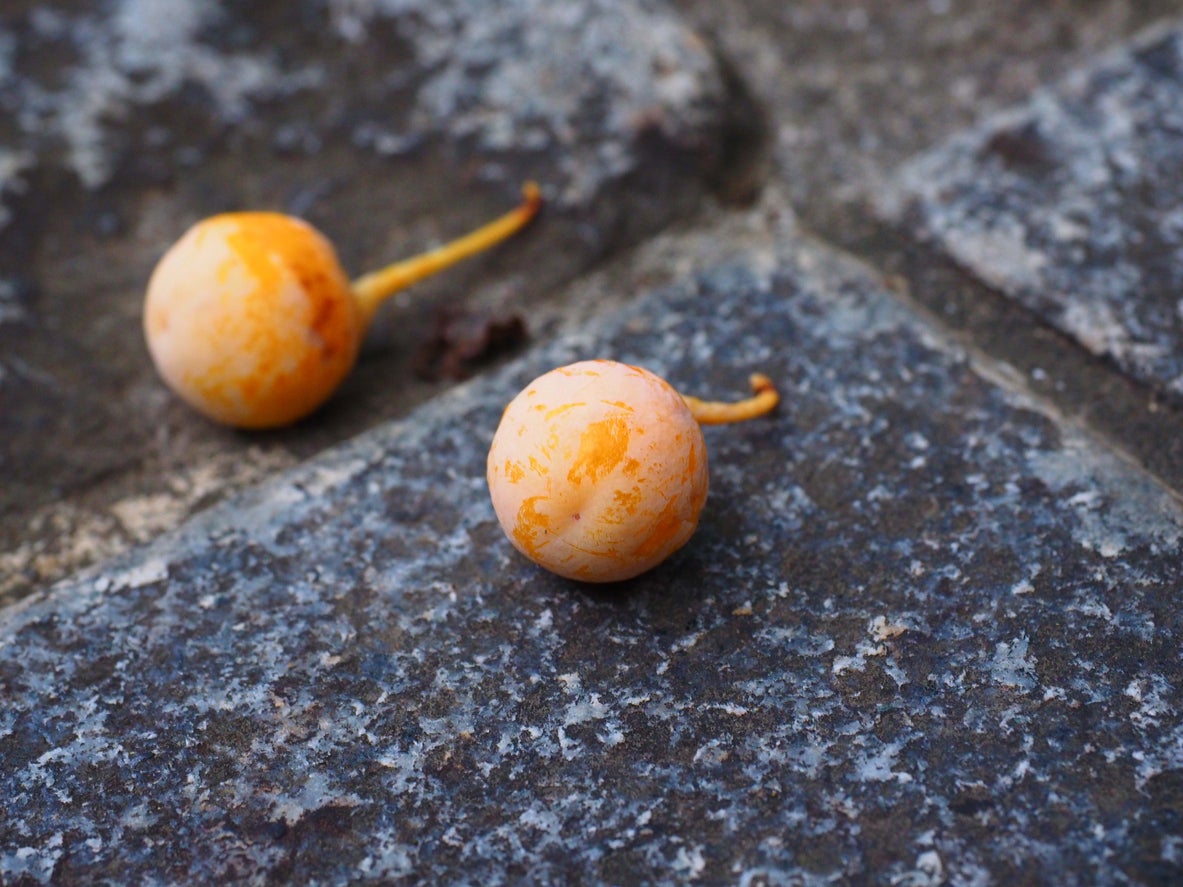 Ginkgo Seed Propagation Guide – How To Plant Ginkgo Seeds
Ginkgo Seed Propagation Guide – How To Plant Ginkgo SeedsOne of our oldest plant species, Ginkgo biloba can be propagated from cuttings, grafting or seed. The first two methods result in plants much quicker, but growing ginkgo trees from seed is an experience not to be missed. Click here for tips on planting ginkgo seeds.
By Bonnie L. Grant
-
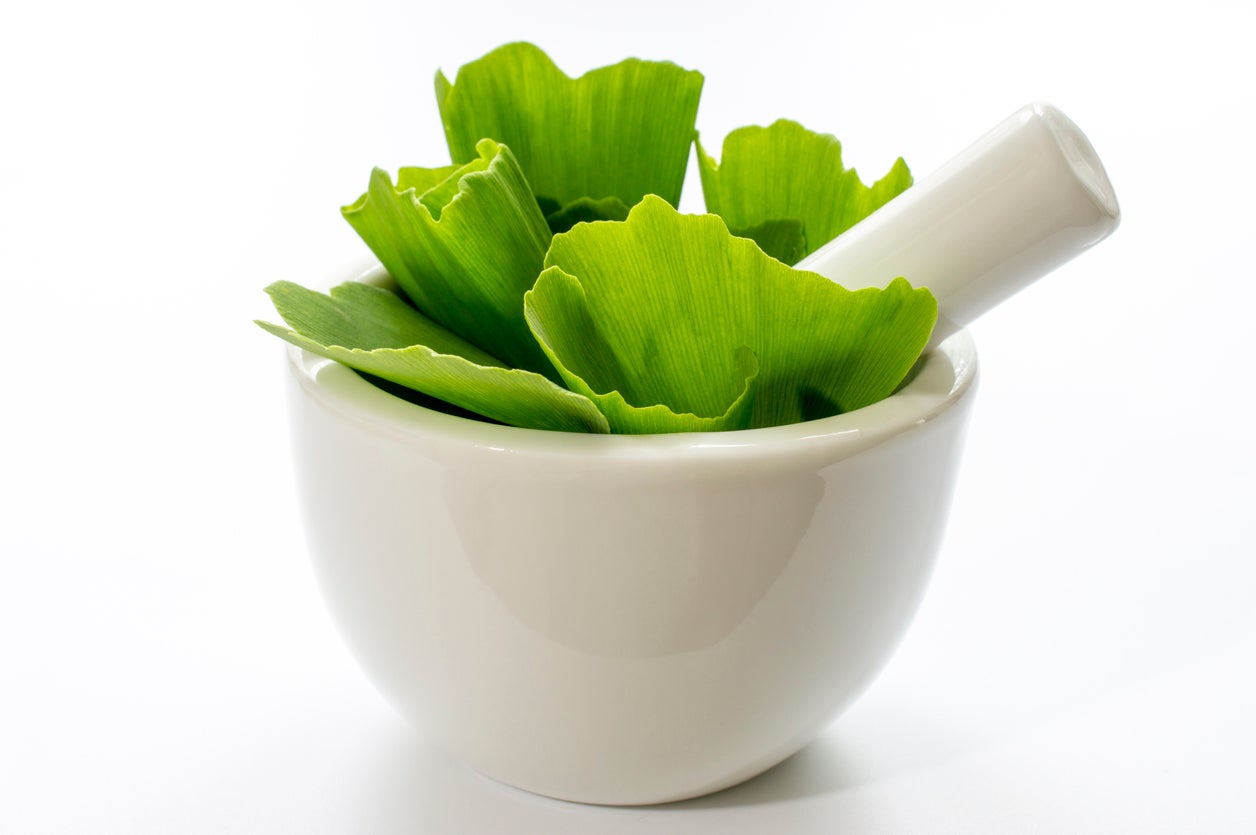 Is Ginkgo Good For You – Learn About Ginkgo Health Benefits
Is Ginkgo Good For You – Learn About Ginkgo Health BenefitsMedicinal ginkgo has been in use for at least 5,000 years and probably even longer. Modern ginkgo health benefits target memory and prevent certain signs of brain aging, but there are more historical uses for the plant. Learn what they are in this article.
By Bonnie L. Grant
-
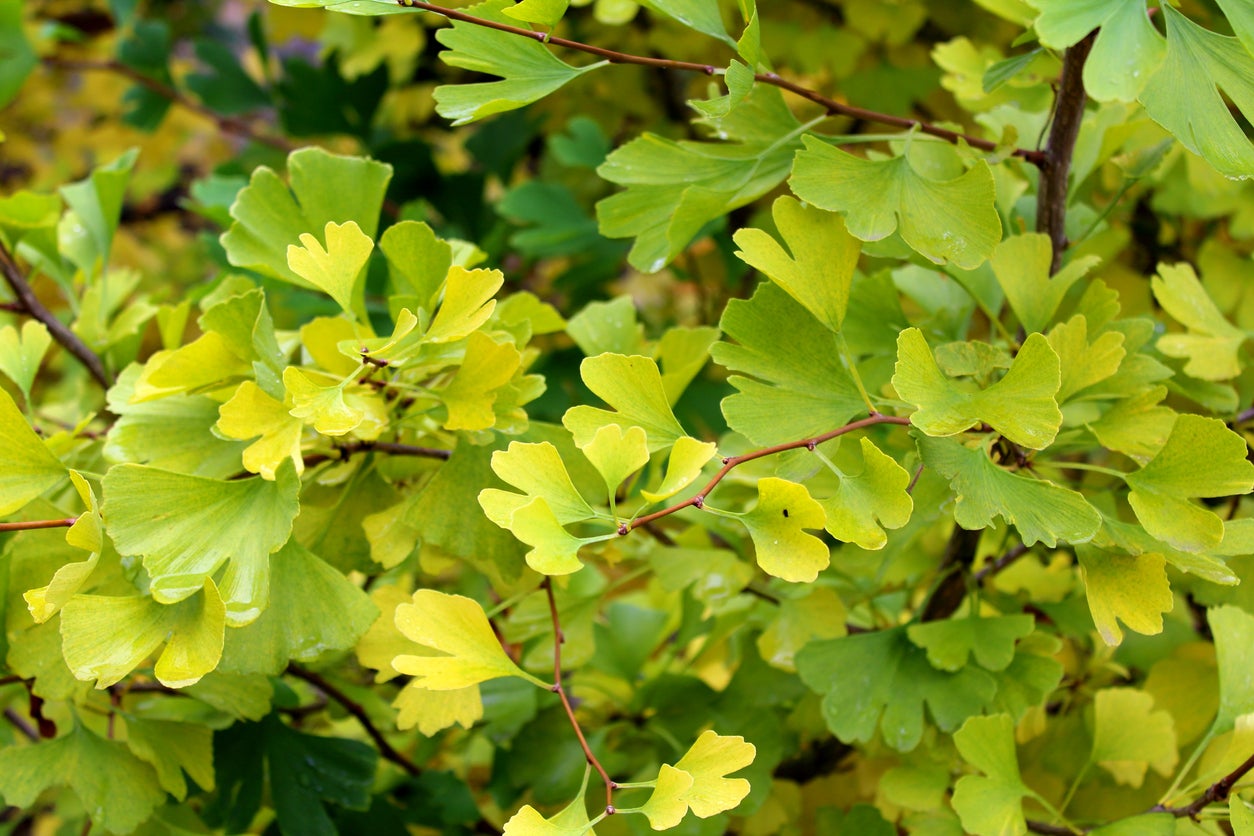 Managing Sick Ginkgo Trees: How To Control Diseases Of Ginkgo Trees
Managing Sick Ginkgo Trees: How To Control Diseases Of Ginkgo TreesGiven how long the ginkgo trees have survived on the planet, it won’t surprise you to learn that they are generally strong and healthy. Still, ginkgo tree diseases do exist. Click here for information about the diseases of ginkgo with tips for managing sick ginkgo trees.
By Teo Spengler
-
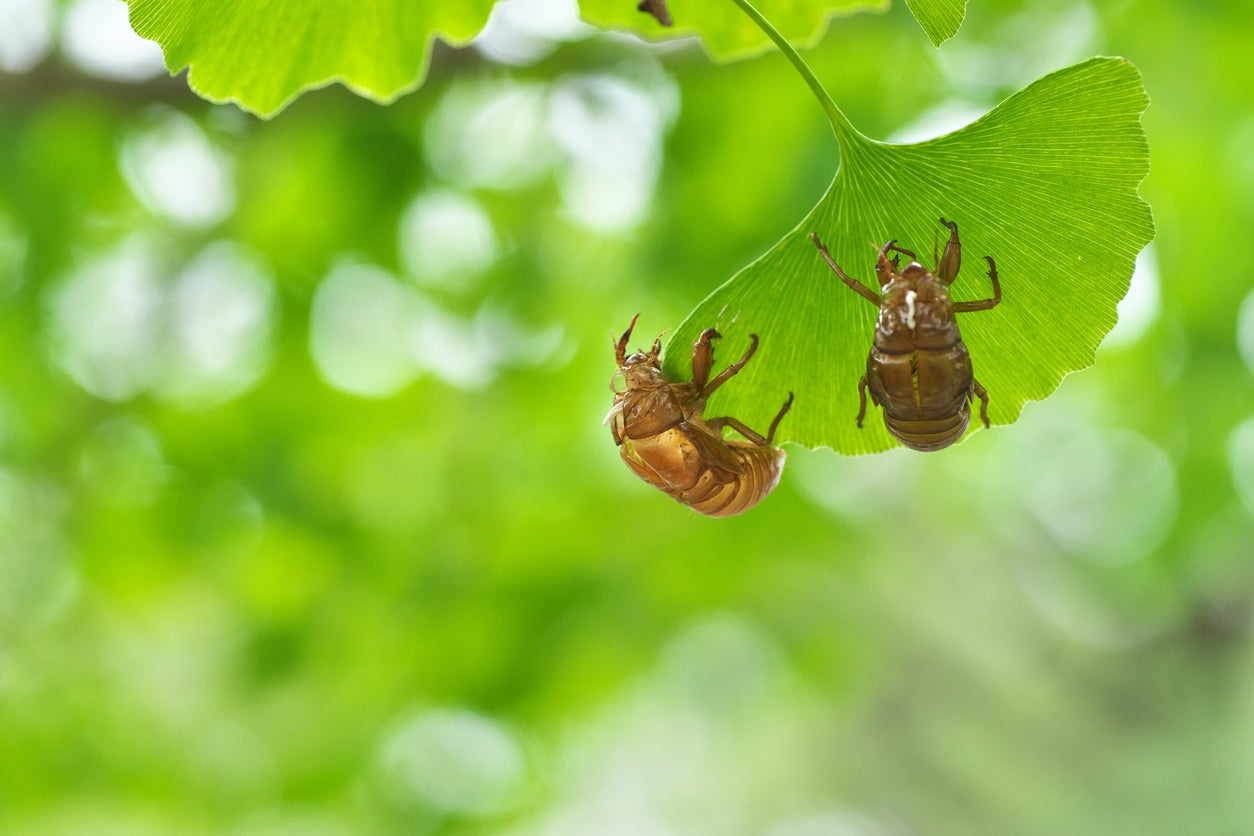 Ginkgo Insect Problems: Are Pests On Ginkgo Trees Serious
Ginkgo Insect Problems: Are Pests On Ginkgo Trees SeriousEven though there are very few bugs that prey on ginkgo trees, that doesn’t mean the species doesn’t have its share of ginkgo insect problems. So what kinds of ginkgo pests might be found on the tree? Click on the following article to learn more.
By Amy Grant
-
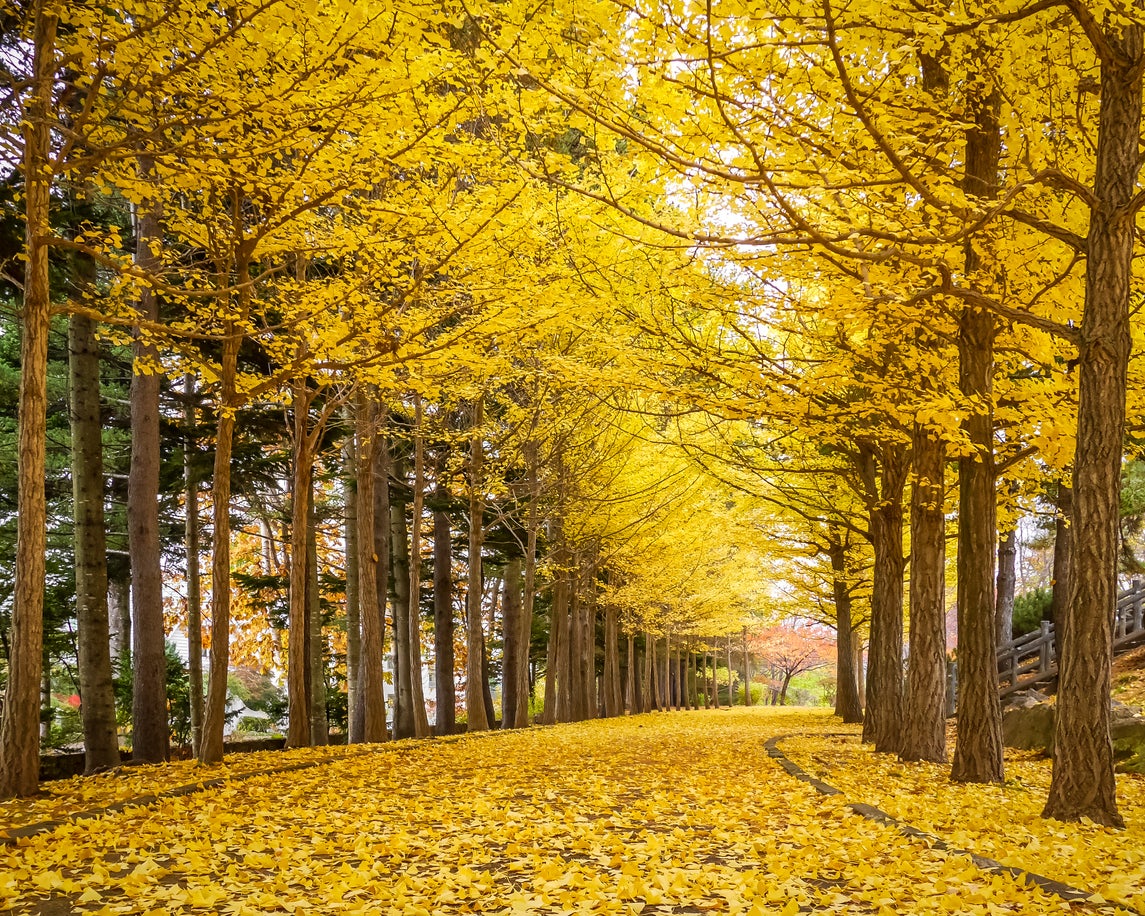 Common Ginkgo Cultivars: How Many Kinds Of Ginkgo Are There
Common Ginkgo Cultivars: How Many Kinds Of Ginkgo Are ThereGinkgo trees are unique in that they are living fossils, largely unchanged for nearly 200 million years. In the landscape, different kinds of ginkgo can be big shade trees and attractive ornamental additions to gardens. Learn about different varieties in this article.
By Mary Ellen Ellis
-
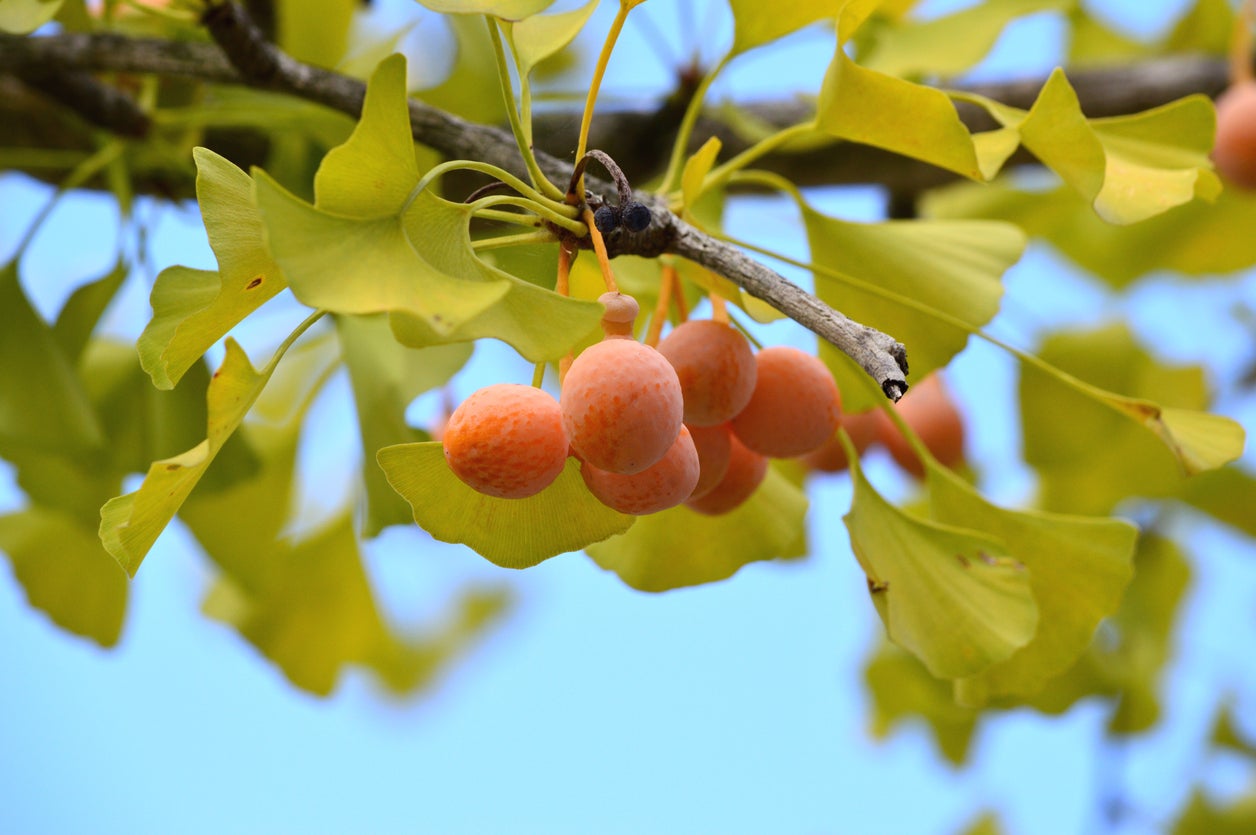 Eating Ginkgo Nuts: Information About The Fruits Of Ginkgo Trees
Eating Ginkgo Nuts: Information About The Fruits Of Ginkgo TreesGinkgo biloba has made something of a name for itself as a restorative for memory loss is extracted from the dried leaves. Ginkgo also produces rather odoriferous fruit. Stinky the fruit may be, but can you eat ginkgo fruit? Click this article to find out.
By Amy Grant